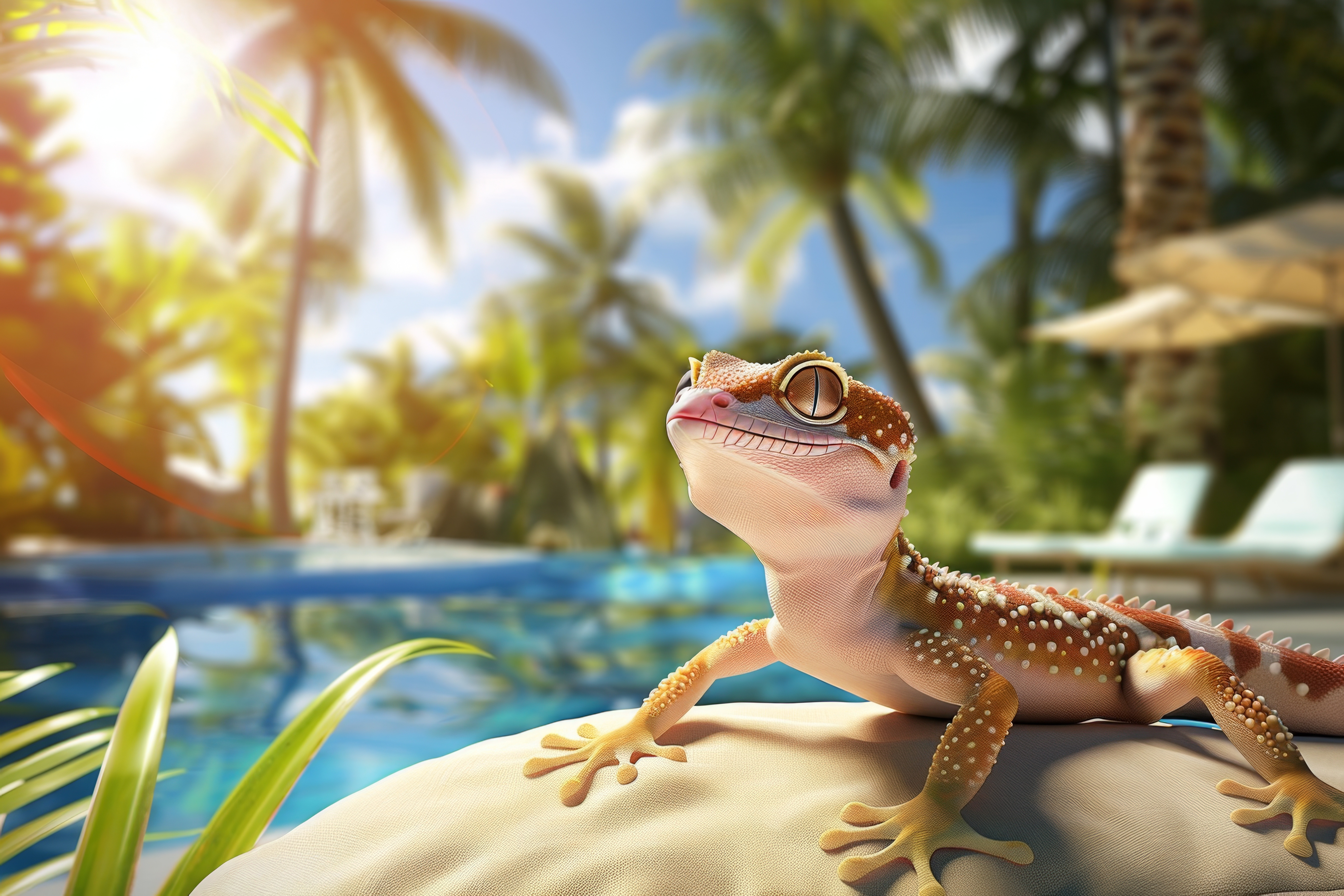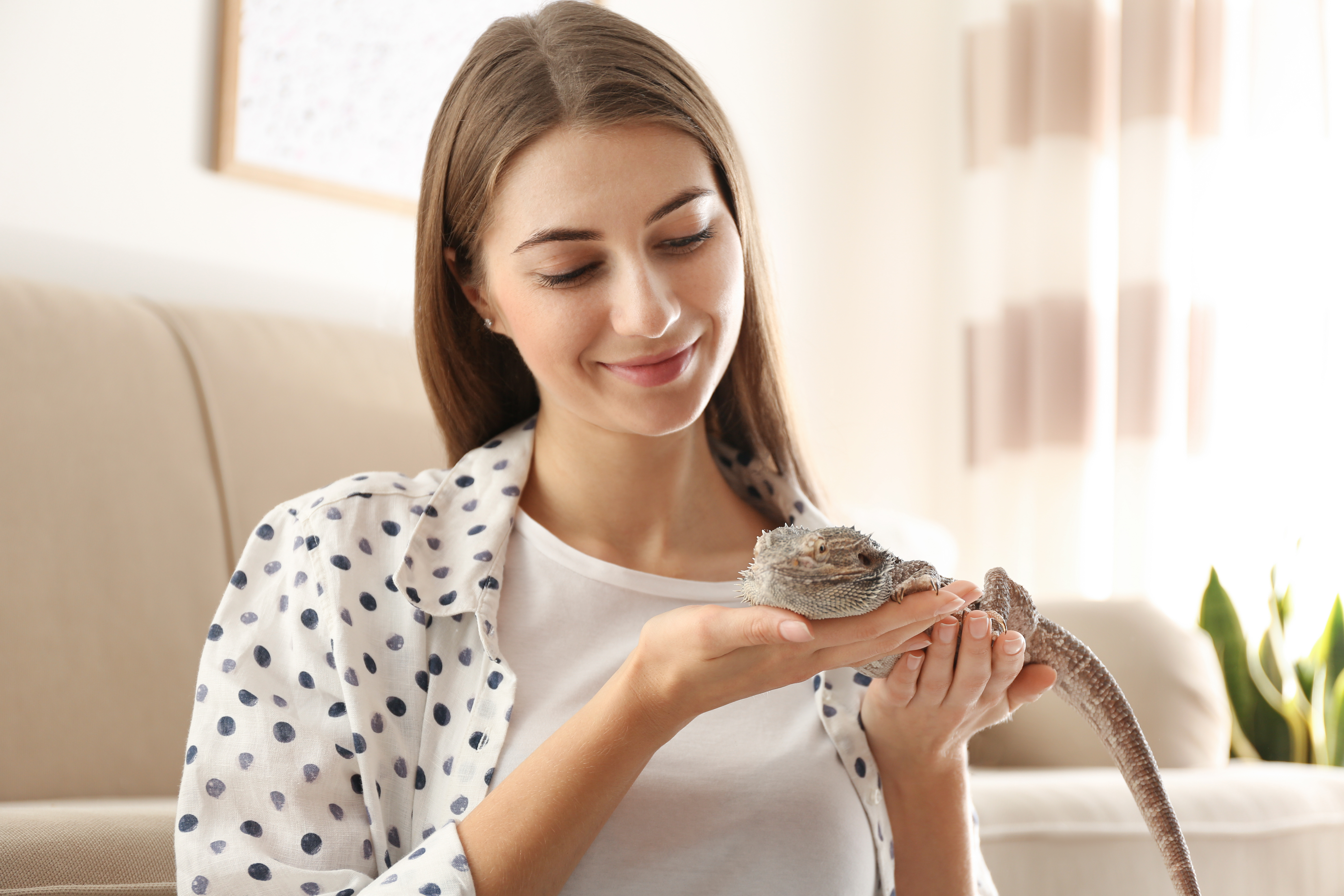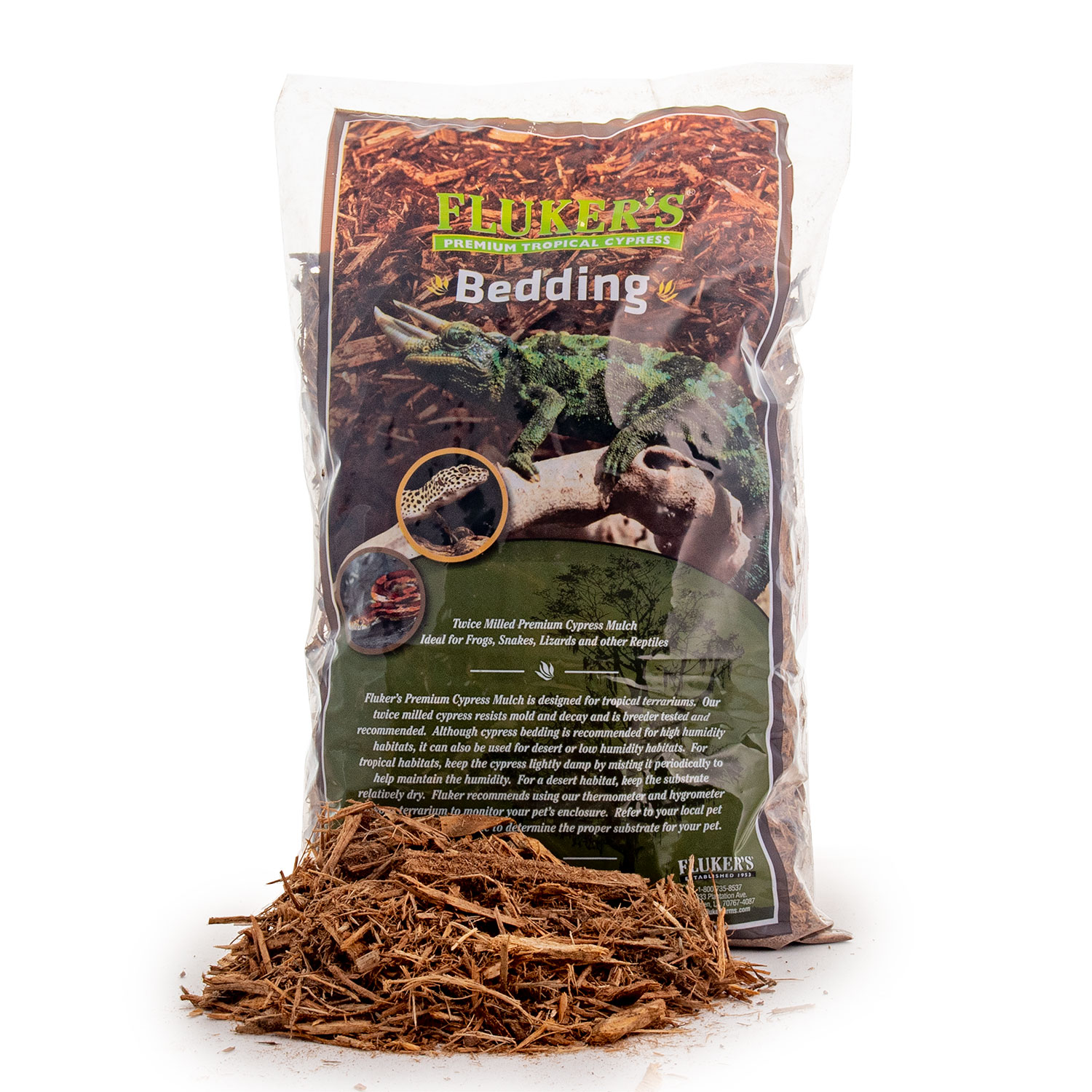Safe Conditions for Your Pet Reptiles and Amphibians
Posted by The Fluker's Team on Jun 27th 2024

Reptiles and amphibians are fascinating creatures that have become increasingly popular as pets. However, unlike cats and dogs, these cold-blooded animals require specific environmental conditions to thrive. Monitoring the habitat to ensure it remains within safe parameters is crucial for their health and well-being.
If you have a bearded dragon or a tree frog, it's important to maintain their living conditions properly. This includes ensuring their habitat is suitable for their needs. Proper care and attention to their environment is crucial for their health and well-being.
This article will discuss why it's important to monitor your reptile and amphibian's habitat. Also provided are tips on keeping your bearded dragon cool, and other cold-blooded friends. Additionally, it will discuss how to create a safe and comfortable environment for any pet reptile.
Understanding Habitat Requirements
Reptiles and amphibians are ectothermic, meaning they rely on external sources to regulate their body temperature. This makes the control of temperature and humidity in their enclosure vital.
Temperature Regulation
Different species have different temperature needs, but generally, reptiles and amphibians need a range of temperatures in their habitat. This gradient often includes a warmer basking area (heat lamps) and a cooler area to rest.
For instance, bearded dragons typically need a basking spot that is between 95-110°F and a cooler area around 80-90°F. Without this range, they can suffer from health issues such as lethargy or, in severe cases, life-threatening conditions.
Humidity Control
Humidity is another critical factor, especially for amphibians, which can dehydrate quickly if the air is too dry. Snakes and lizards need proper humidity levels for shedding and to avoid breathing issues.
Hygrometers are monitoring devices that track humidity levels in the enclosure. They ensure the humidity stays within the correct range for the species.
How to Keep Your Pet Cool
In hot weather or warm places, it can be hard to keep your bearded dragon, or any pet, cool. Here are some strategies to maintain safe temperatures:
Proper Enclosure Placement
Avoid placing the enclosure in direct sunlight or near heat sources such as radiators or vents. This can cause the temperature inside to rise rapidly.
Use of Thermostats
Thermostats automatically turn off the heating elements in the enclosure when they reach the desired temperature, preventing overheating.
Cooling Devices
In some cases, using fans or cooling pads can help regulate the temperature. Be careful not to create drafts, as these can be harmful to your bearded dragon.
Regular Monitoring

Frequent checks throughout the day can help you catch and rectify any temperature spikes before they become a problem.
Monitoring Techniques for Reptile and Amphibian Habitats
Regular monitoring of your pet's habitat is essential. Here's how you can do it effectively:
Use of Digital Thermometers and Hygrometers
Digital devices are more accurate than analog devices. They often place probes in different areas of the enclosure for precise readings.
Smart Habitat Monitors
Technology has created smart monitors that can alert your phone if the habitat conditions are unsafe.
Visual Checks
You can check on your pet by watching for signs of discomfort. This includes observing if they are acting lethargic or not eating. These behaviors could indicate a problem with their habitat. In addition to electronic monitoring, this is another way to ensure your pet's well-being.
Always check with your local vet for your pet's specific needs and proper care advice.
Creating the Ideal Habitat

Ensuring a safe and comfortable habitat for your reptile or amphibian goes beyond temperature and humidity control. Here's what you need to know:
Choosing the Right Enclosure
The size and type of the enclosure should be appropriate for the species and size of your pet. Adequate space is necessary for exercise and normal behavior.
Substrate Selection
The substrate, or bedding, should be suitable for the species and easy to clean. It should also not pose a risk of impaction if ingested.

Lighting
UVB lighting is crucial for many reptiles, including bearded dragons, to synthesize vitamin D3 and absorb calcium. Ensure that the lighting setup replicates the natural light cycle and provides the necessary UVB rays.

Furnishings
Make your pet's space more enjoyable by including hiding spots, climbing structures, and plants that resemble theirnatural habitat.
Regular Cleaning
Maintain cleanliness to prevent the growth of bacteria and fungi. Regularly remove waste, uneaten food, and shed skin, and perform thorough cleanings as needed.
Common Mistakes to Avoid
Avoiding common mistakes can keep your reptile or amphibian healthy.
Overheating
Always use a thermostat with heating elements to avoid overheating and keep your pet safe from harm.
Inadequate Humidity
Failing to provide enough humidity, especially for amphibians, can lead to dehydration and shedding problems.
Ignoring Signs of Distress
If your pet shows signs of distress, such as unusual behavior or changes in appetite, don't ignore them. These could be indicators of an issue with the habitat conditions.
Frequently Asked Questions
How often should I check the temperature and humidity in my pet's enclosure?
Checking at least twice a day, once in the morning and once in the evening, is best to ensure the conditions remain stable.
Can I leave my reptile or amphibian outside to regulate its temperature?
Pets benefit from some sunlight, but it can be risky to leave them outside without supervision. This is because of the presence of predators, the possibility of escape, and sudden weather changes.
What should I do if my pet's habitat is not maintained in the correct condition?
Identify the problem by assessing the situation. It could be a faulty heating element, incorrect enclosure placement, or a lack of ventilation. Make the necessary adjustments and continue to monitor closely.
How do weather conditions affect crickets and other feeder insects for my pet?
Fluker's Guarantees Live Delivery of your insect order. Should you experience a problem, we will issue credit at our discretion for the value of the lost insects. We do not credit, refund or guarantee the cost of shipping. The cost of shipping is final and non-refundable. We offer a wide variety of shipping options from UPS and United States Postal Service. These options vary in service level and price. Please pick the option best suited for your area and needs. You have 2 business days from receipt of your order to report a loss. Please report all claims promptly. Claims made after the 2-business day notification window will not be honored. To request a claim, please log into your account to view order history and request a refund for the order in question.
Final Thoughts

Monitoring the habitat conditions of your pet reptiles and amphibians is important. This will help ensure that they remain healthy.
Keeping an eye on their environment is crucial for their well-being. Make sure to regularly check and maintain their living space. This will help prevent any potential health issues.
Make sure you know and provide for the specific needs of your reptile or amphibian. This will help them live a long and healthy life. This includes providing the right temperature, humidity, and lighting for their habitat. Additionally, it's important to offer a balanced diet and regular veterinary check-ups to keep them healthy.
By meeting these needs, you can help your scaly or slimy friend thrive and live a fulfilling life. Remember, a happy pet is one that lives in a habitat that closely mimics its natural environment. Discover and invest in the proper monitoring tools and techniques to excel in caring for reptiles and amphibians.

